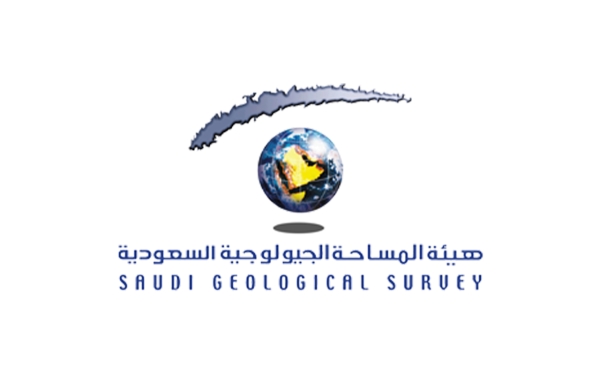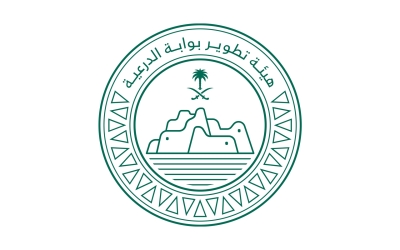

The Saudi Geological Survey (SGS) is a governmental scientific advisory authority responsible for the domains of geosciences and natural resource exploration in the Kingdom of Saudi Arabia. SGS was founded in 1999 and its regulation was issued in the same year. It falls directly under the Ministry of Industry and Mineral Resources. The SGS has a legal personality and full competence in conducting its activities.
The SGS provides government entities, concerned parties, and members of society with all knowledge and information relating to geology and geosciences, and conducts geological research. It is the Kingdom’s governmental advisory entity in all aspects pertaining to earth sciences.
Functions of the Saudi Geological Survey
The SGS handles all surveying and exploration activities carried out by the Ministry of Energy and works to put together and produce investment opportunities in the mining and natural wealth industry in order to create economic revenue, promote employment, provide basic geological information and maps that serve mineral resource exploration, study environmental problems associated with geological hazards, perform ongoing exploration of mineral resources (metallic and non-metallic), and optimize use thereof to diversify sources of income. Moreover, the SGS aims to support construction and urban projects with geoengineering studies, build national information databases for geosciences, and provide geosciences-related advice to the government and private actors.
The SGS also engages in surveying, exploration, and prospecting of industrial minerals and rocks; prepares maps and reports; and conducts geological and hydrological studies in line with the mandates of geological surveys around the world.
Monitoring earthquakes and volcanoes in the Saudi Geological Survey
The tasks of the SGS encompass conducting all activities, studies, and research related to geosciences, including monitoring earthquakes, studying volcanoes, and identifying risks resulting from flash floods, floods, and mining waste. In 2004, the Council of Ministers issued a decision to assign seismic monitoring functions to the SGS, such that it serves as the main headquarters for the Saudi National Seismic Network (SNSN), maintains full oversight of the SNSN, follows up on relevant government stations and officially notifies them of seismic events, and provides a real-time, uninterrupted information database to all Saudi universities and research centers.
The SGS established an array of seismic stations equipped with state-of-the-art sensors to detect the smallest tremors in seismically active areas. Assessments of volcanic hazards in the Kingdom are carried out through the conduct of volcanic activity studies and the preparation of the necessary reports and maps for areas under ongoing study.
Preparation of the National Geological Database
The SGS provides a database of geological maps in their approved measurements to determine quantitative measurements of maximum and minimum altitude changes within specific regions characterized by geomorphological phenomena, geological environments of different origins, and rock and motor formations. These maps are useful for infrastructure projects and for studying geological risks that can result in rock fragility and the susceptibility of some of them to decompose and degenerate into karst, causing landslides. These maps are also useful in various other areas, such as mining, quarries, hydraulic crushers, and other investment sectors.
The SGS also publishes data from technical reports and remote sensing, including from the Satellite Image Processing Unit, the Spatial Research Studies Unit, mineralization sites for metallic mineral sediments and deposits of non-metallic minerals, and pertinent information such as relevance and exploration status.
Related quizzes

